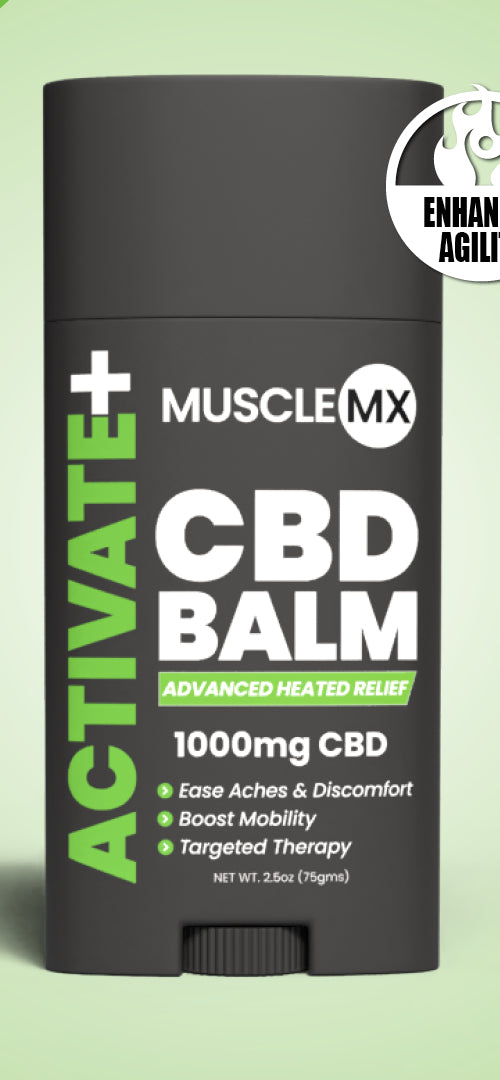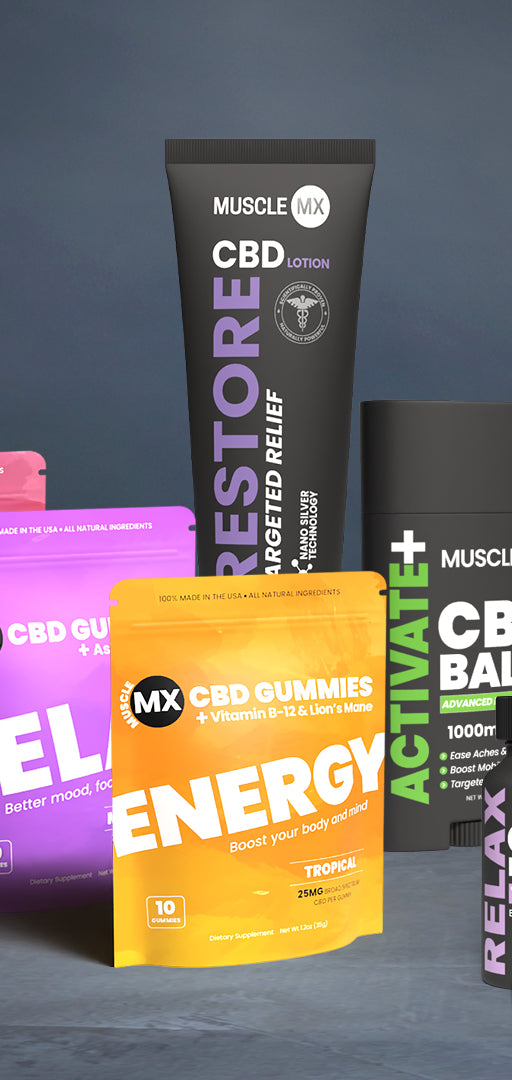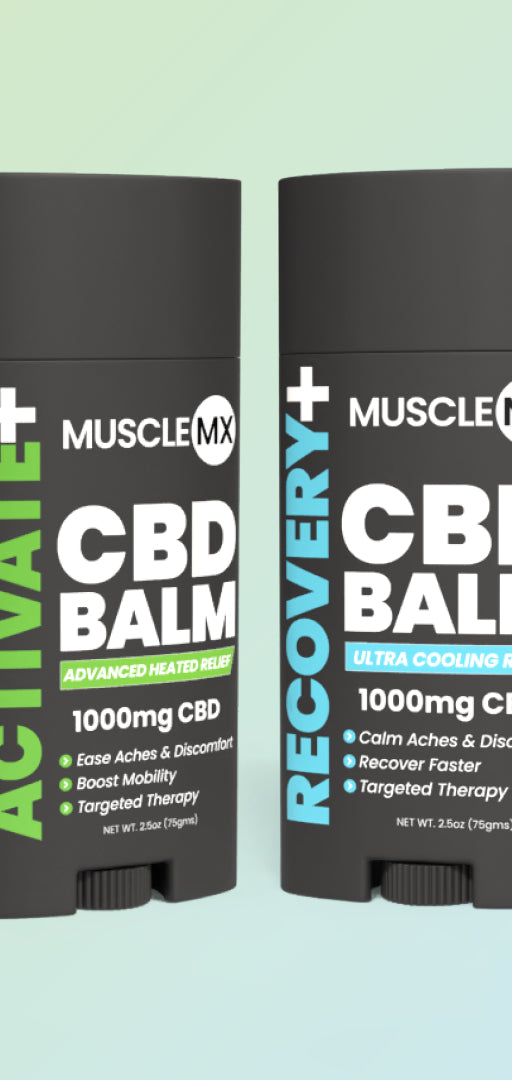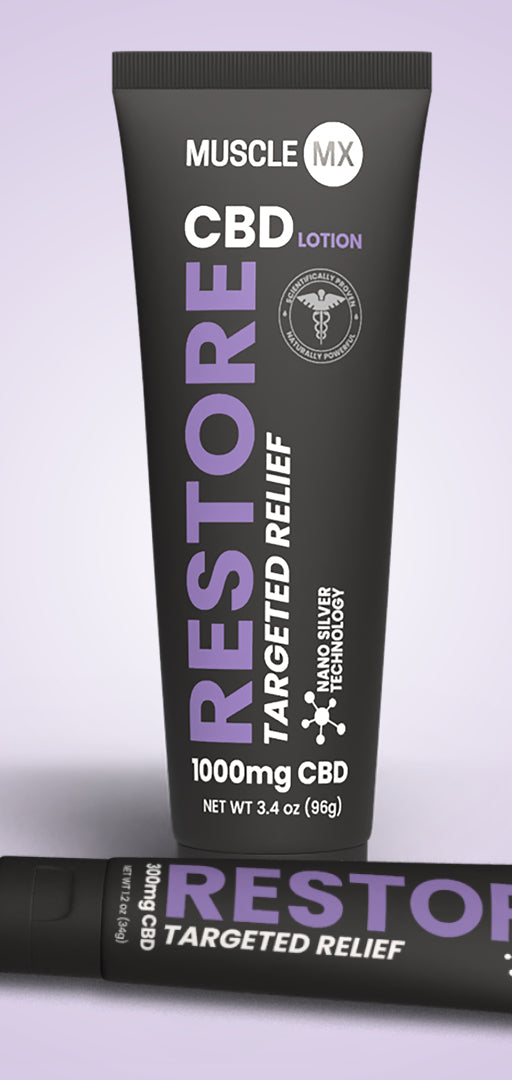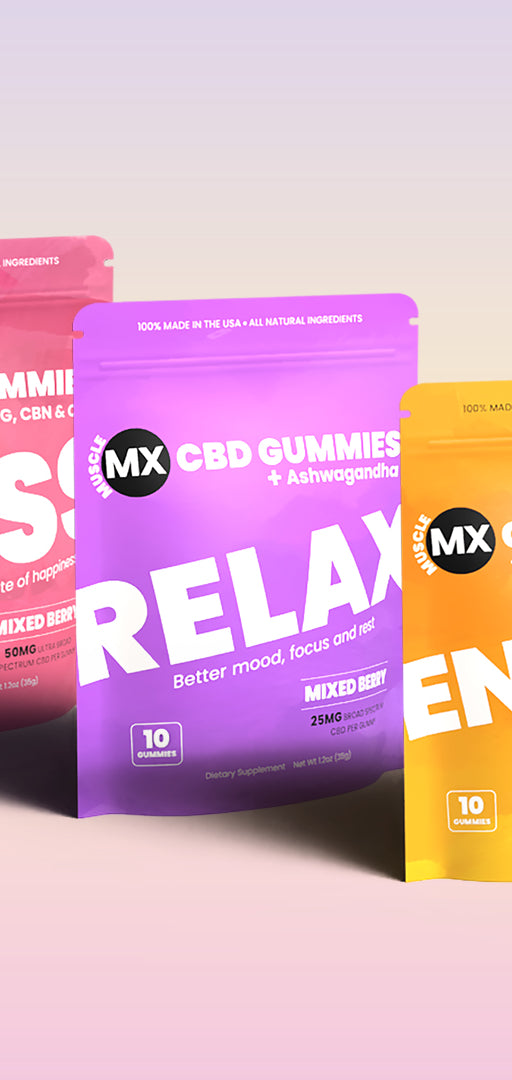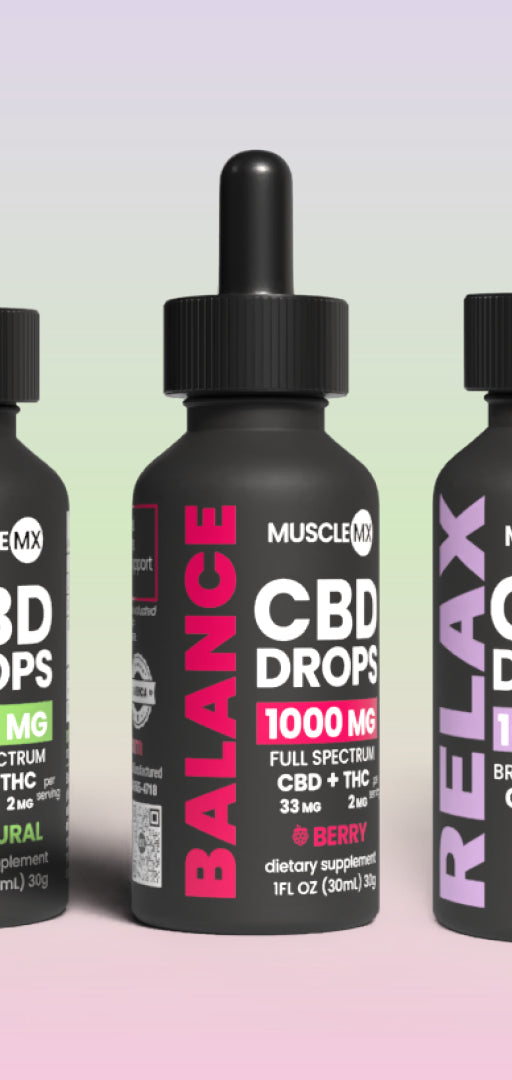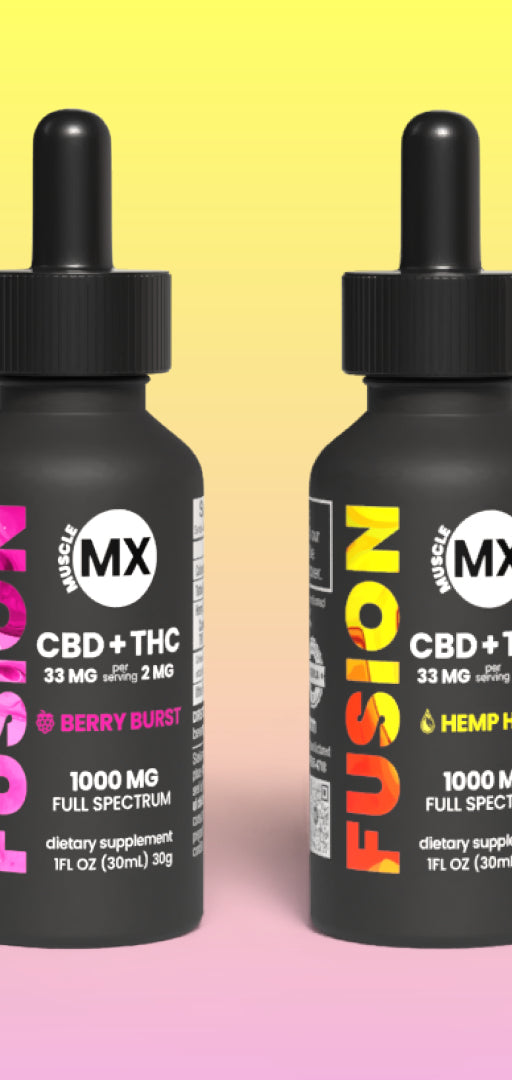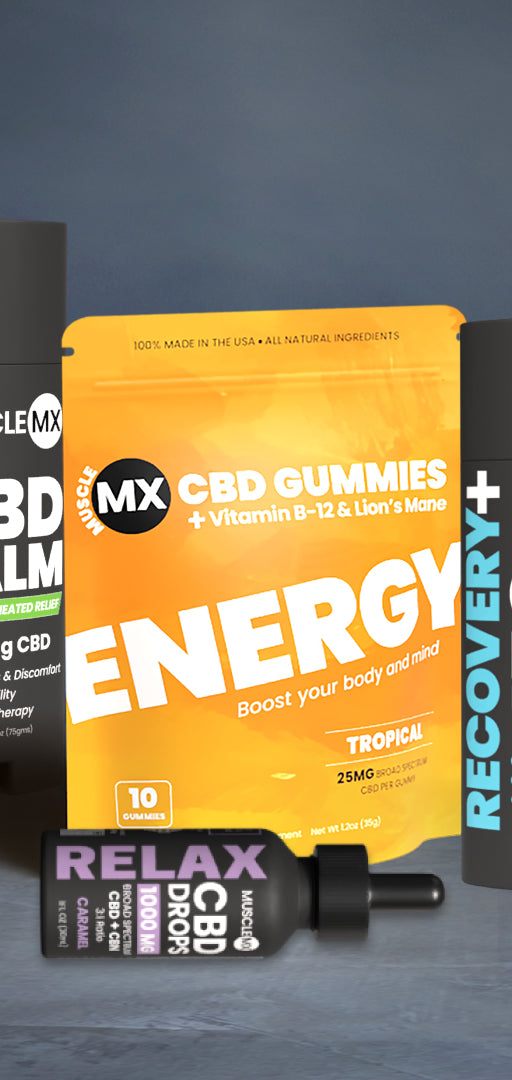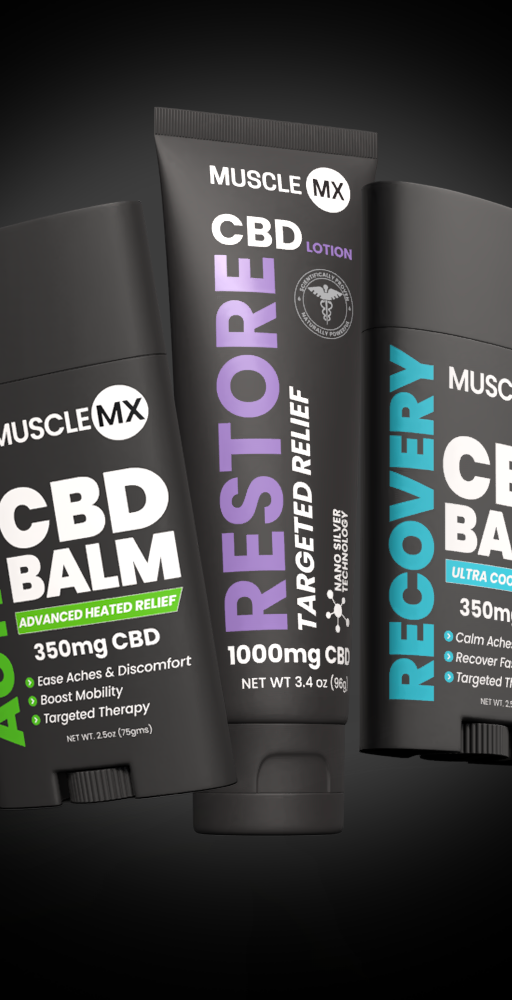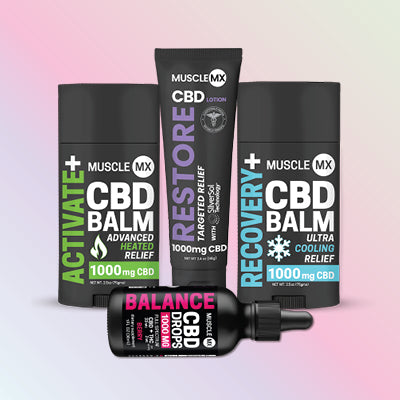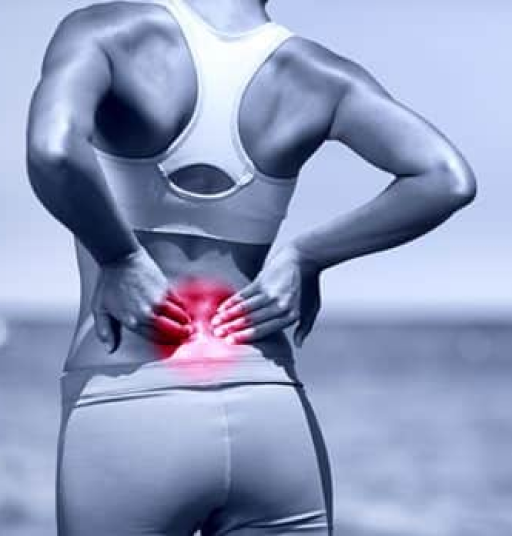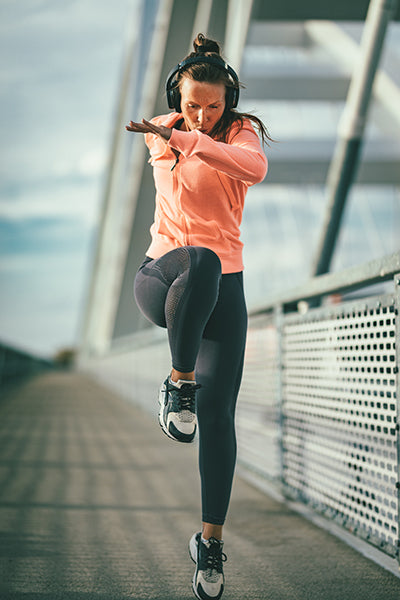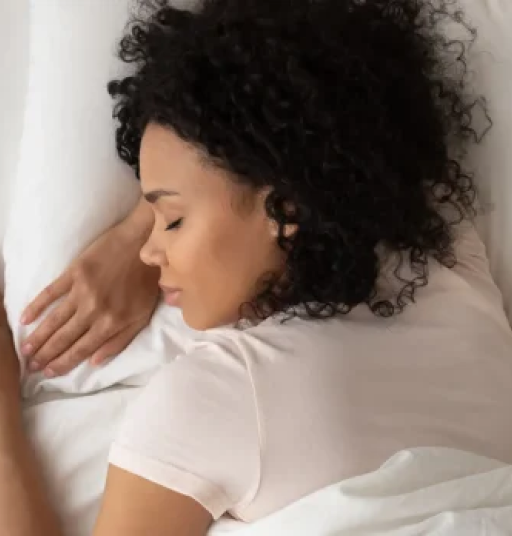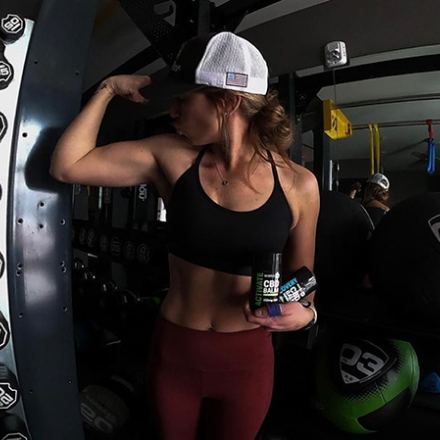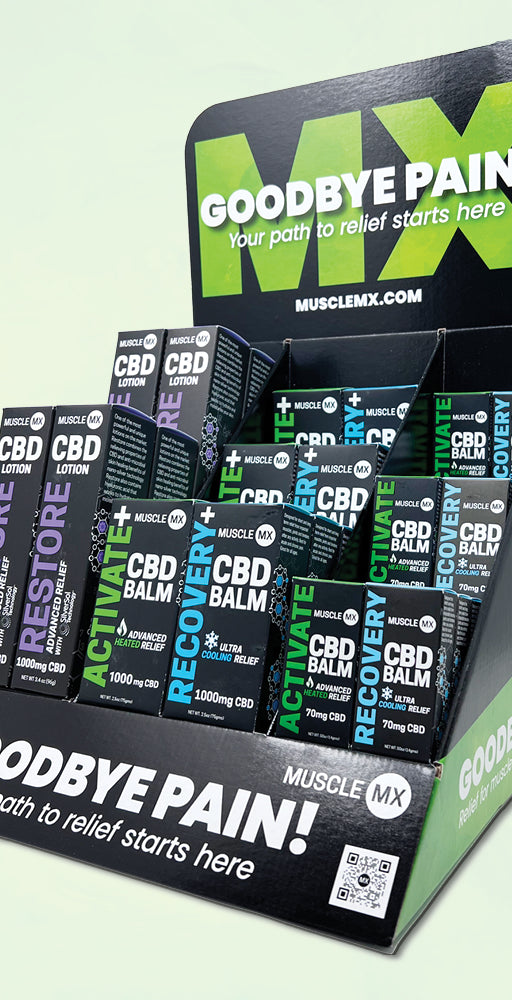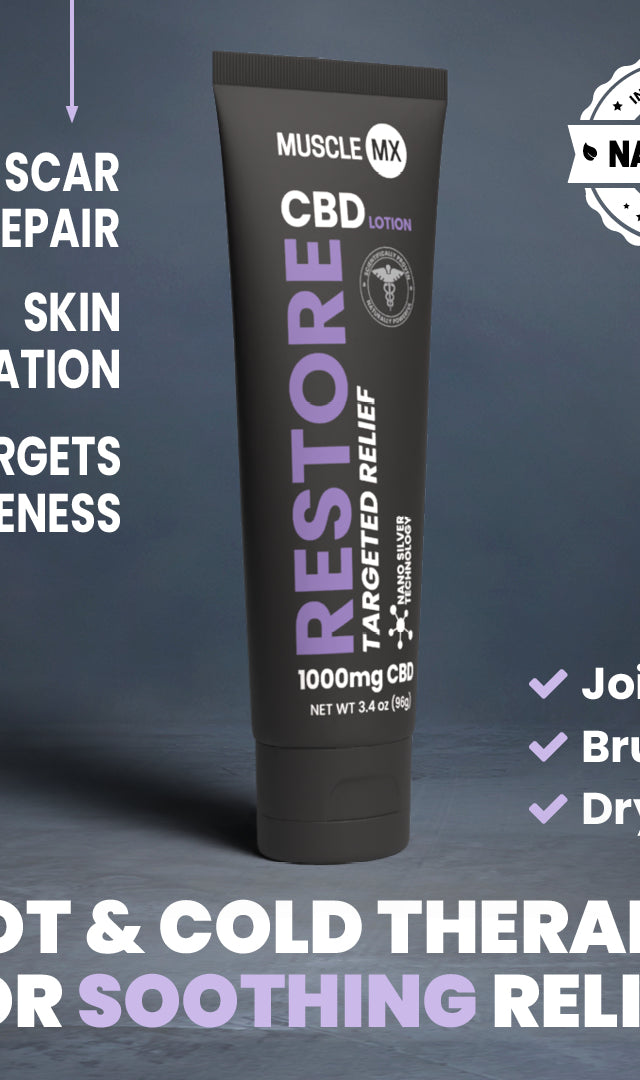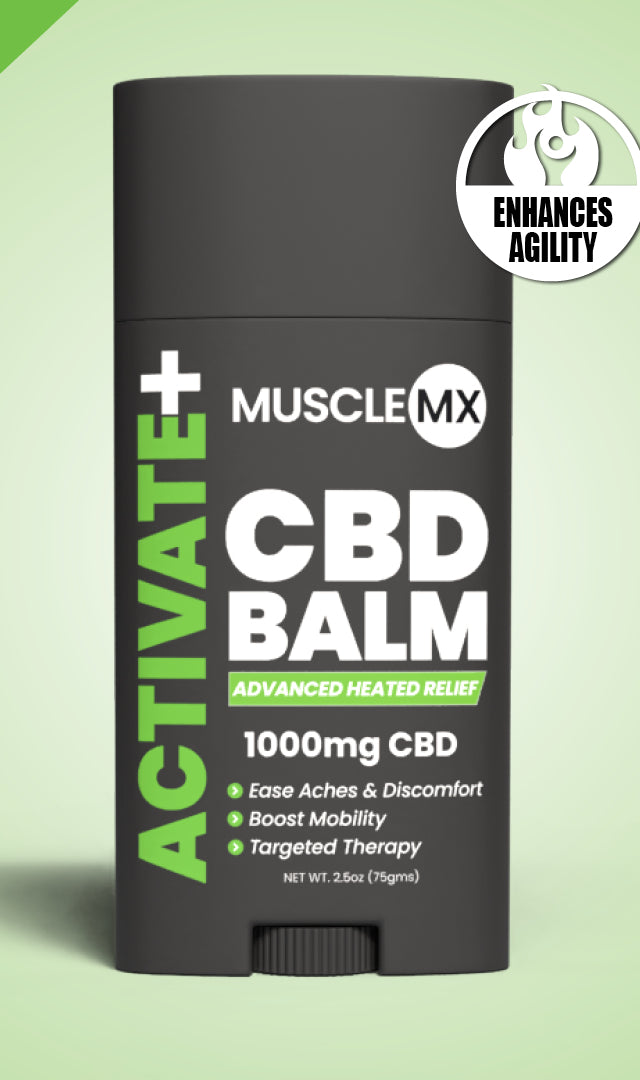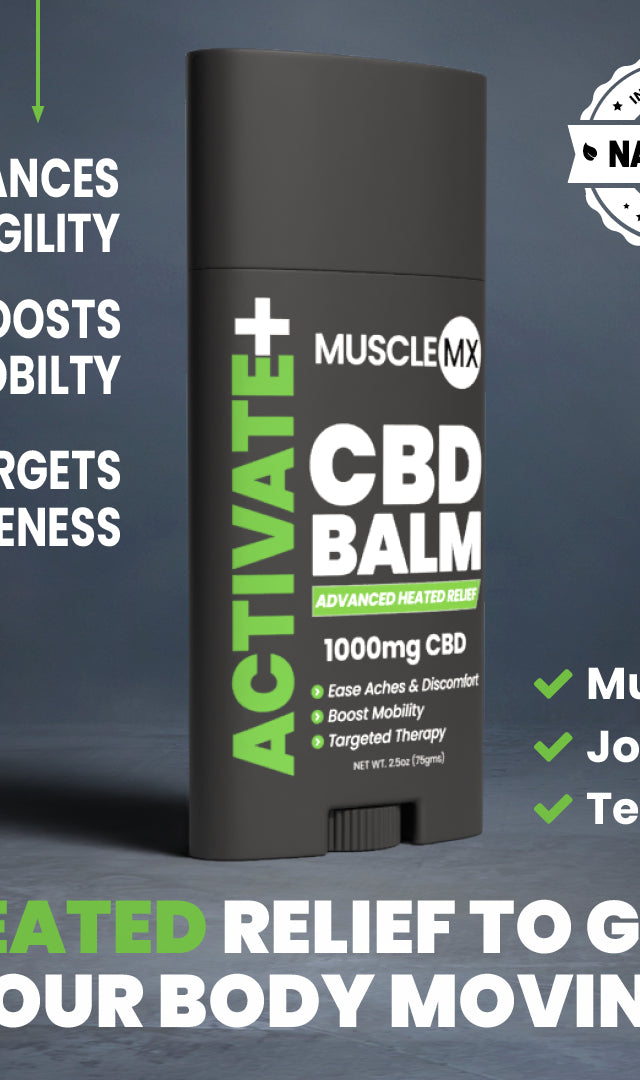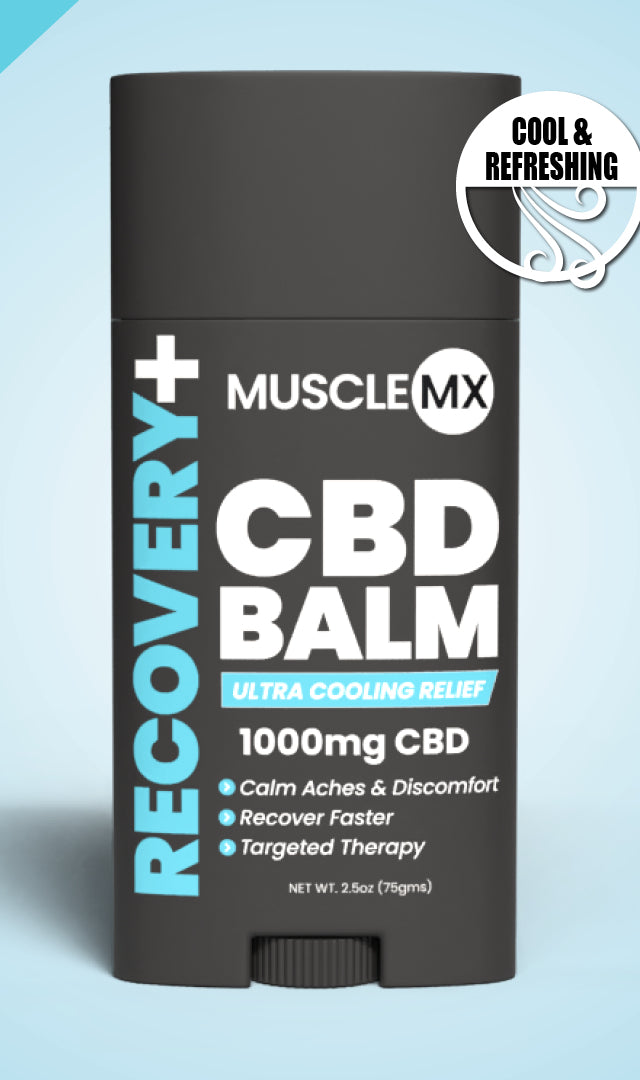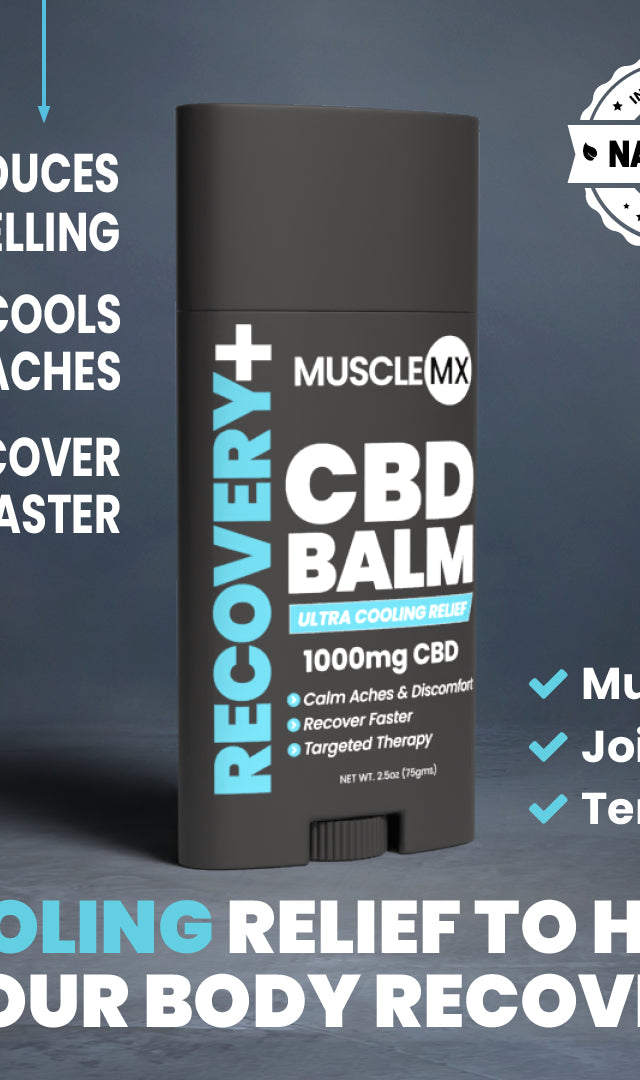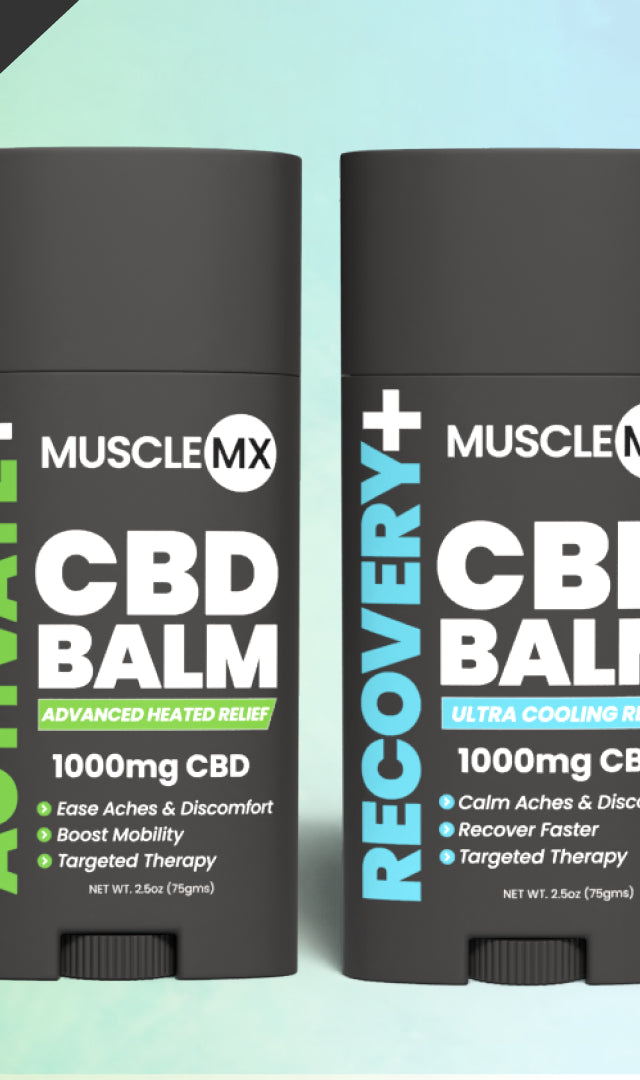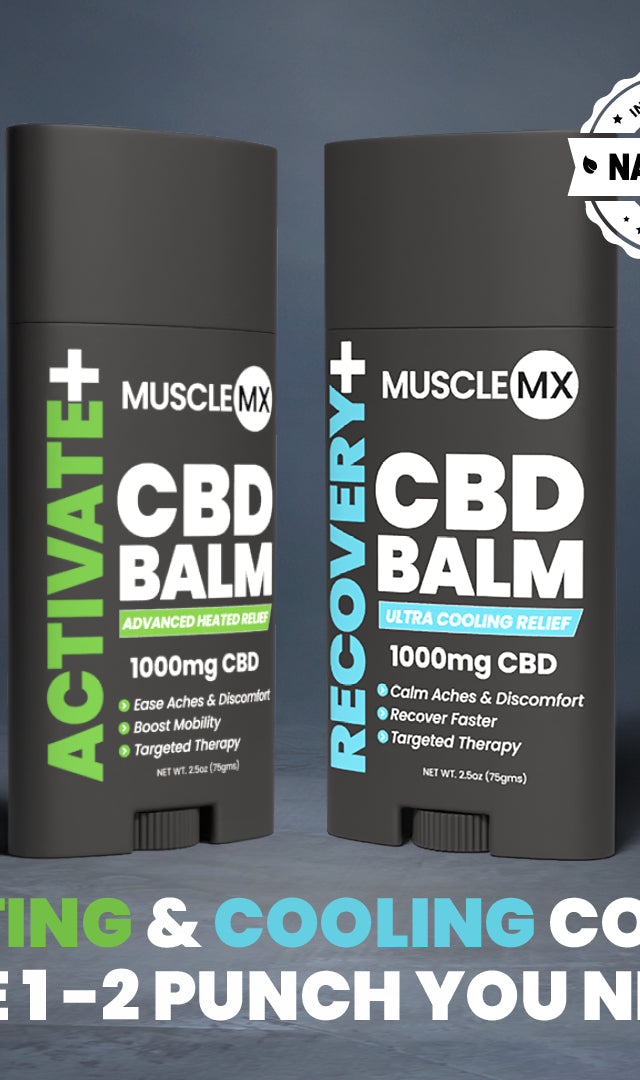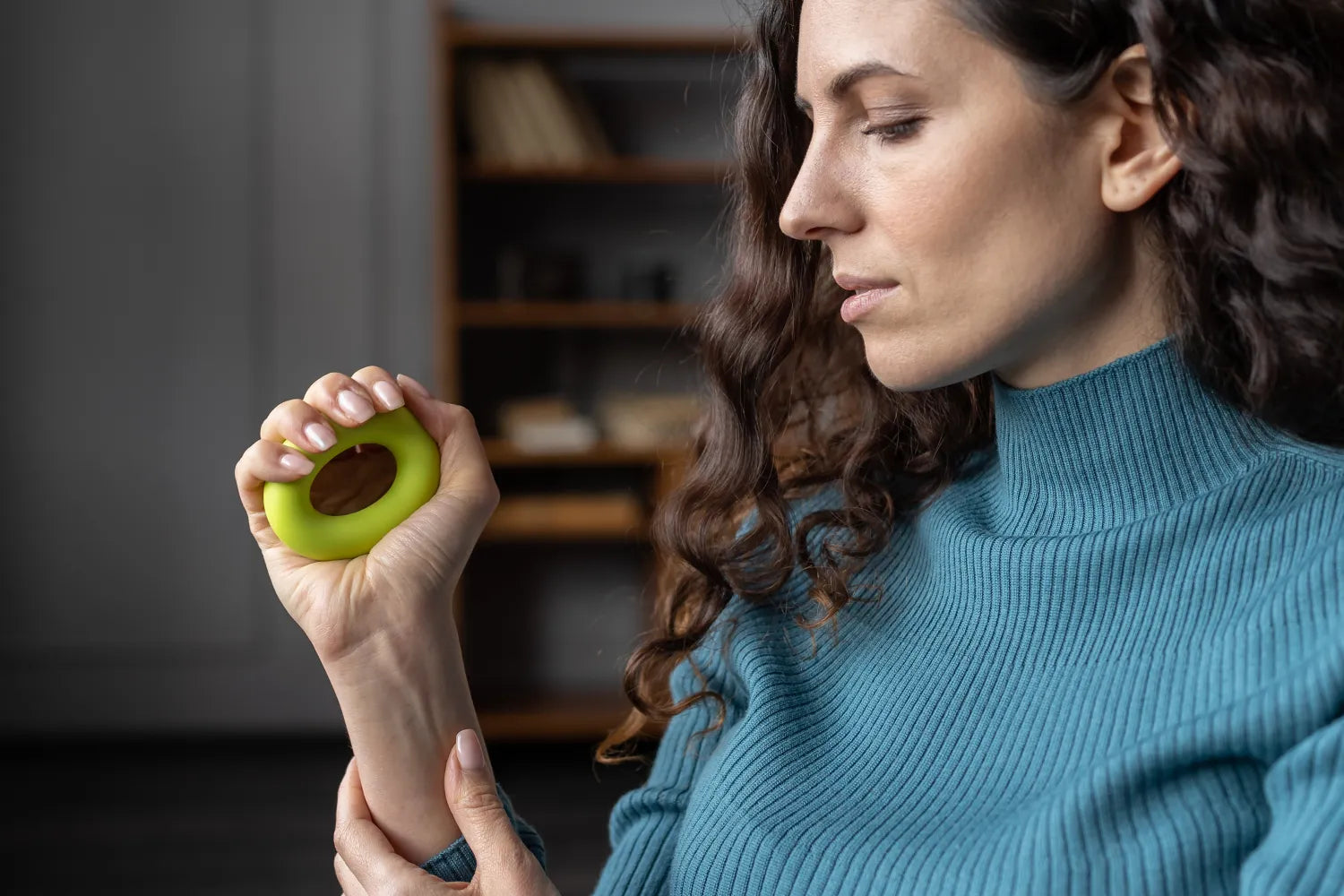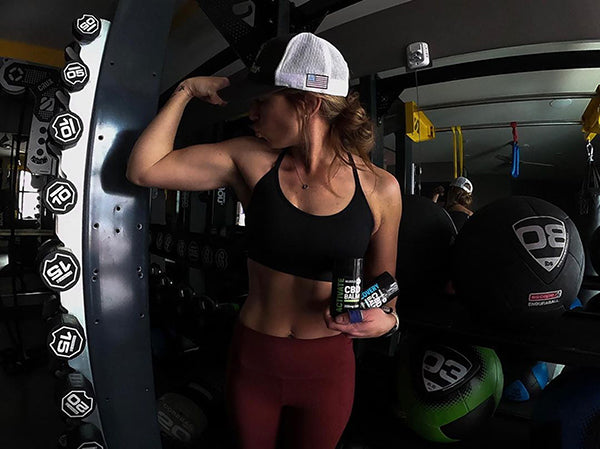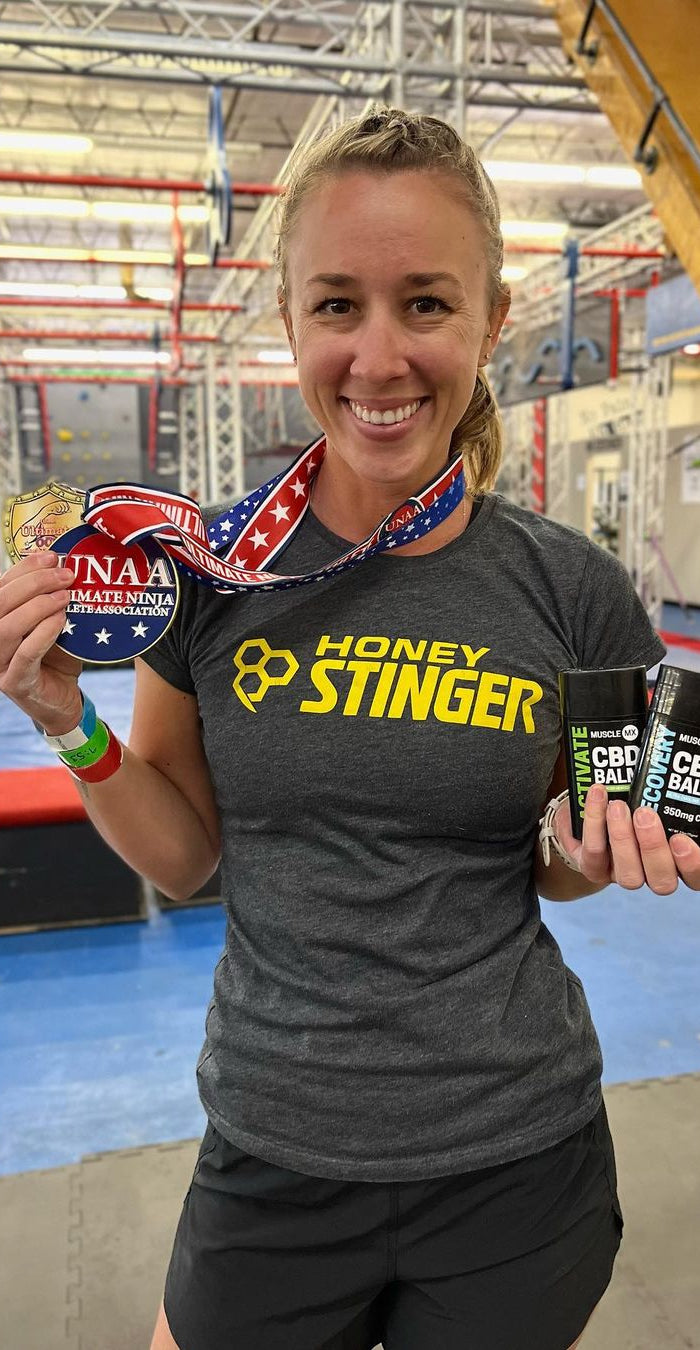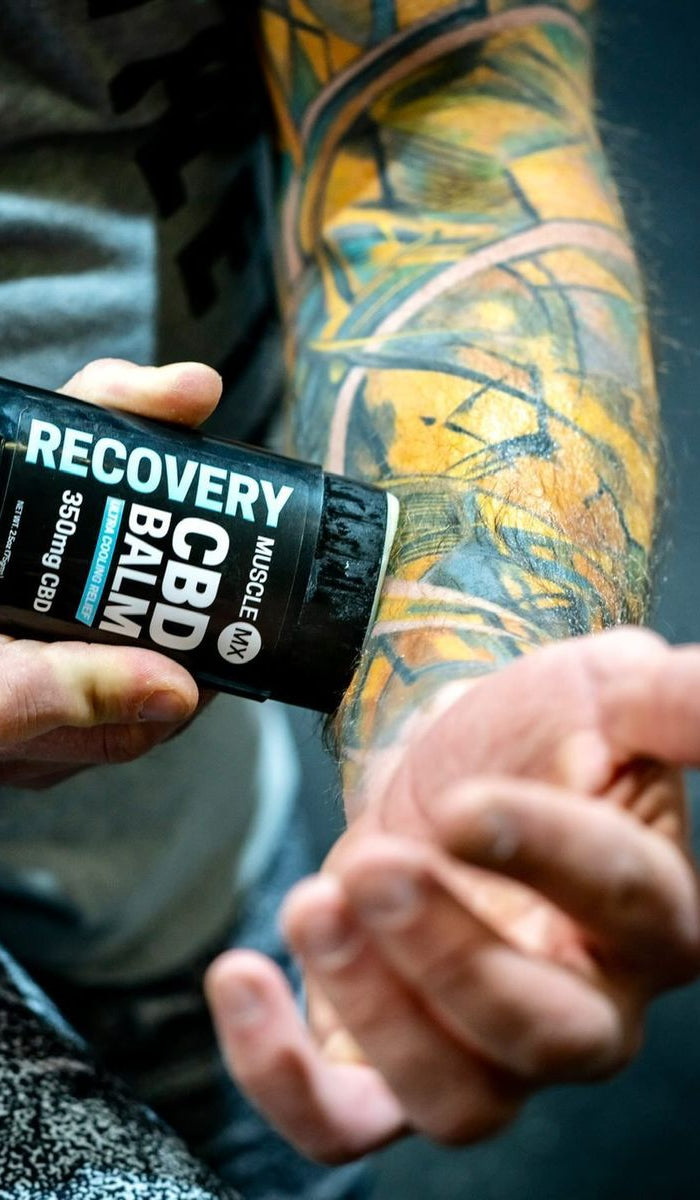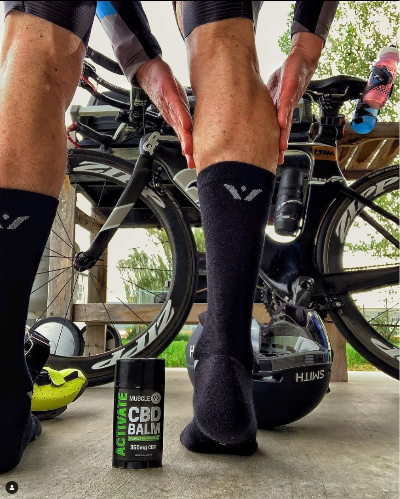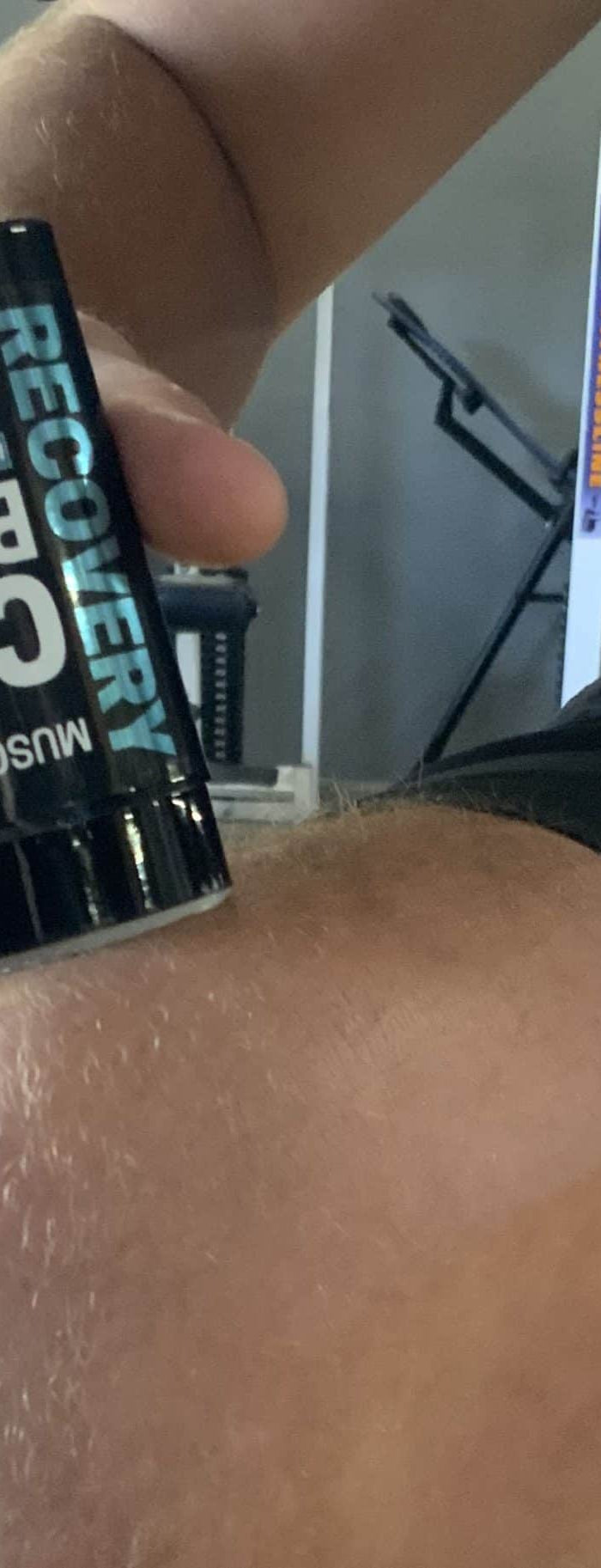Back of Knee Pain: A Doctor's Guide to Quick Relief
Back of knee pain — it's one of those discomforts that can sneak up on you and make even simple activities feel challenging. Studies show that 46.2% of people experience knee pain at some point, and when that pain hits the back of your knee, it can feel particularly frustrating. Whether you notice a dull ache when you bend your leg or sharp discomfort that extends down into your calf, this type of pain has a way of disrupting your daily routine.
Pain behind the knee, also called posterior knee pain, can stem from several different sources. Sometimes it's a Baker's cyst — a fluid-filled sac that develops behind your knee joint. Other times, it might be related to injuries affecting the posterior cruciate ligament or conditions like osteoarthritis, which tends to be more common in people over 50. You might also experience symptoms like a sudden popping sound during movement, a feeling that your knee is locking up, or discomfort that gets worse with certain activities like running or cycling.
Understanding what's causing your discomfort is the first step toward finding effective relief. Throughout this guide, we'll explore the various reasons why the back of your knee might hurt, how to recognize the symptoms that matter, and what treatment options can help — from tried-and-true approaches like the POLICE protocol to natural solutions including CBD-based products.
Let's learn more about what might be behind your knee pain and how you can start feeling better.
What Are the Common Causes of Back of Knee Pain?
The back of your knee houses several complex structures, and when something goes wrong with any of these components, you can experience significant discomfort. Understanding what might be causing your pain is essential for finding the right relief approach.
Let's explore the most common reasons why you might be experiencing posterior knee pain.
Injuries to Ligaments and Tendons
The posterior cruciate ligament (PCL) serves as one of your knee's major stabilizers. This ligament can tear when you experience a forceful impact — think of hitting your knee against a car dashboard during an accident or having your knee bend backward beyond its normal range. PCL injuries make up less than 20% of all knee ligament injuries, but they can create substantial pain and instability.
Your hamstring muscles, located at the back of your thigh, are another common source of discomfort. Athletes who sprint or make sudden directional changes often experience hamstring injuries. When these muscles become overstretched or torn, the pain often radiates behind the knee. The popliteus muscle, which helps stabilize your knee joint, can also become injured and contribute to posterior knee discomfort.
Arthritis and Joint Degeneration
As we age, our joints naturally experience wear and tear. Osteoarthritis represents the most common form of arthritis affecting the knee, where the cartilage that cushions your bones gradually wears away. This leads to bone-on-bone contact, creating pain behind the knee. Most people developing osteoarthritis are over 50, though it can occur earlier in some cases.
Rheumatoid arthritis works differently — it's an autoimmune condition where your body's immune system mistakenly attacks healthy joint tissues. The synovial membrane surrounding your knee joint becomes inflamed, causing pain and stiffness. Posttraumatic arthritis can develop after knee injuries, where damaged joint surfaces lead to premature wear and ongoing discomfort.
Baker's Cyst and Fluid Buildup
A Baker's cyst forms when excess synovial fluid from your knee joint collects in a sac behind your knee. These cysts typically develop because something has damaged your knee joint or surrounding tissues. You can think of it like a balloon that fills with fluid — as pressure builds up, the sac expands and creates discomfort.
These cysts most commonly affect people between 30-70 years old and are often linked to underlying conditions like arthritis or cartilage tears. If a Baker's cyst ruptures, you might experience sharp pain in your calf along with a sensation like water running down the inside of your leg.
Deep Vein Thrombosis (DVT)
DVT represents a potentially serious condition where a blood clot forms in the deep veins of your leg, often behind the knee in what's called the popliteal vein. This clot can restrict circulation and, in severe cases, break loose and travel to your lungs or heart — a life-threatening situation.
Several factors can increase your risk of developing DVT:
- Being over 60 years old
- Smoking
- Recent surgery or periods of immobility
- Obesity
- Taking estrogen medications
- Previous history of blood clots
Referred Pain From Other Areas
Have you ever considered that your knee pain might not actually be coming from your knee? The nerves that send signals to your knee are located at the second, third, and fourth lumbar vertebral levels in your lower back. When these nerves become irritated or damaged, you can experience what's called referred pain in the knee.
Signs that your knee pain might actually be originating from your back include mild back pain occurring alongside knee discomfort, unexplained weakness in your quadriceps or hamstring muscles, and knee pain that doesn't respond to typical knee treatments.
Remember, identifying the root cause of your discomfort is crucial for finding effective relief. Each of these conditions may require different treatment approaches, which is why understanding what's happening in your specific situation matters so much.
What Are the Signs That Point to Back of Knee Pain?
Recognizing the symptoms of back of knee pain can help you determine when it's time to seek professional help and what might be causing your discomfort. Remember, your body often provides clues about what's happening inside your knee joint.
Pain When Bending or Straightening Your Leg
Your knee's ability to bend and straighten smoothly is essential for everyday activities. Pain during these movements often indicates a mechanical issue within the knee joint. Sharp pain when you try to fully extend or flex your knee might suggest a meniscus tear or ligament damage.
The timing of your discomfort matters. A Baker's cyst can make it difficult to fully straighten your leg, particularly if swelling becomes significant. Osteoarthritis typically causes pain when you put weight on your knee while bending it, with relief coming when you rest.
Pay attention to patterns — does the pain hit at the start of movement or after you've been active for a while? Posterior cruciate ligament injuries often create discomfort specifically when kneeling or walking downhill, while quadriceps tendonitis might cause pain above your knee during bending movements.
Swelling, Stiffness, and Warmth
Swelling behind the knee is a hallmark sign of posterior knee pain. Sometimes this swelling stays put right behind your knee. Other times, it travels down into your calf area. Severe swelling can seriously limit how well you can bend your leg.
Stiffness often comes along with the swelling, especially after you've been inactive. You might notice your knee feels particularly rigid first thing in the morning or after sitting for long periods. This stiffness, combined with warmth in the area, can signal inflammation within your joint structures.
A particularly concerning combination is swelling with redness, warmth, and fever. This trio might point to an infection or other serious condition that needs immediate medical attention.
Locking, Popping, or Instability
A locked knee — one that can't be fully bent or straightened — comes in two types. True locking happens when something is literally stuck in your joint, often torn cartilage caught in the mechanism. Pseudo-locking occurs when pain is so intense that your muscles spasm, temporarily preventing movement.
Popping or clicking sounds (medically called crepitus) aren't always worrisome. However, a sudden pop accompanied by severe pain during a twisting motion often signals a serious injury, such as an ACL tear. After such an event, you might notice:
- Knee instability or buckling
- Tenderness along the joint line
- Decreased range of motion
- Difficulty bearing weight
Buckling — when your knee gives way unexpectedly — represents another stability concern. This can happen due to arthritis, torn meniscus, loose fragments in the joint, or torn ligaments and tendons.
Pain During Walking or After Sitting
Many people first notice posterior knee pain during routine activities. Pain while walking, especially if it gets worse the longer you walk, may indicate a more serious condition. Sometimes, mild discomfort might actually improve after a few minutes of walking if it's caused by early-stage arthritis.
After sitting for extended periods, pain behind the knee often intensifies. This commonly happens with conditions like arthritis or chondromalacia. Standing up after sitting for long stretches can trigger sharp twinges as your joint structures readjust.
Seek immediate medical attention if you cannot bear weight on your leg, experience severe pain even when not putting weight on it, notice significant swelling, or develop fever alongside knee pain. These symptoms could indicate serious conditions like fractures, infections, or circulation problems requiring urgent care.
How Is Back of Knee Pain Diagnosed?
Getting to the root of your back of knee pain requires a systematic approach from your healthcare provider. Understanding what to expect during the diagnostic process can help you feel more prepared and confident about finding the right treatment.
Physical Examination and Your Medical History
Your appointment will likely begin with a detailed conversation about your symptoms. Your doctor will want to know when the pain started, what activities seem to make it worse, and whether you've had any recent injuries or accidents. This background information helps guide the physical examination that follows.
The hands-on assessment starts with your doctor taking a close look at both of your knees, comparing them for any obvious differences in appearance, swelling, or alignment. They'll gently touch different areas to check for warmth — a warmer knee often signals inflammation in the joint or surrounding tissues.
Your doctor will also perform specific tests to evaluate your knee's range of motion and stability. You might be asked to bend and straighten your leg while they feel for unusual sensations or resistance. They may also use specialized tests like the McMurray test to check for meniscus tears or the Lachman test to assess ligament integrity. These examinations help pinpoint which specific structures might be causing your discomfort.
X-rays, MRI, and Ultrasound Imaging
When your pain persists for more than six weeks or you've had a recent injury, imaging tests become an important part of the diagnostic process. X-rays are typically the first step because they're quick and readily available. They excel at showing bone-related issues like fractures or signs of arthritis, though they can't provide much detail about soft tissues like muscles and ligaments.
For a more detailed look at all the structures in your knee, an MRI offers exceptional clarity. This test takes about 45 minutes and creates detailed cross-sectional images that help doctors evaluate everything from ligament tears to cartilage damage and inflammation. It's particularly valuable when your doctor suspects soft tissue injuries that won't show up on X-rays.
Ultrasound brings a unique advantage to knee diagnosis — it shows your joint structures in real-time as you move. This dynamic view helps doctors assess fluid buildup, cyst formation, and how your tendons and muscles function during movement.
When Blood Tests Are Necessary
Blood tests aren't routinely needed for back of knee pain, but they become important when your doctor suspects infection or inflammatory conditions. Signs that might prompt blood work include significant warmth around the joint, severe tenderness, or pain that occurs even with gentle movement.
Tests like the erythrocyte sedimentation rate (ESR) can reveal inflammation levels in your body, while a complete blood count helps identify potential infections. If your doctor suspects an autoimmune condition like rheumatoid arthritis, they may order specific antibody tests to confirm the diagnosis.
Sometimes, your doctor might recommend arthrocentesis — a procedure where they use a small needle to remove a sample of fluid from your knee joint. This fluid can then be analyzed for signs of infection, gout crystals, or other abnormalities that could explain your symptoms.
Remember, these diagnostic steps work together to create a complete picture of what's happening in your knee, helping ensure you receive the most appropriate treatment for your specific situation.
What Are Treatment Options for Back of Knee Pain?
Finding the right treatment for your back of knee pain depends on what's causing the discomfort in the first place. The good news is that there are several approaches that can help, from simple at-home remedies to more advanced medical treatments when needed.
Rest, Ice, Compression, and Elevation (RICE)
The RICE protocol has been a go-to approach for acute knee injuries for good reason. When you first injure your knee, this method can help control inflammation during those crucial first 24-48 hours.
Start by giving your knee the rest it needs to prevent further damage. Apply ice for 10-20 minutes every couple of hours to help reduce swelling and provide some pain relief. Remember to limit ice application to the first eight hours after injury, as extended use might actually interfere with your body's natural healing process.
Use a compression bandage to wrap your knee snugly, but not so tight that it cuts off circulation. Finally, elevate your leg above heart level whenever possible to help decrease blood pressure at the injury site and limit any bleeding.
Medications and Anti-Inflammatory Options
Over-the-counter pain relievers can be effective for managing back of knee pain. Nonsteroidal anti-inflammatory drugs (NSAIDs) like ibuprofen or naproxen work to reduce both pain and inflammation. Acetaminophen offers pain relief without the anti-inflammatory effects.
For more severe cases, your healthcare provider might recommend prescription-strength NSAIDs or corticosteroid injections directly into the knee joint. These injections can provide powerful anti-inflammatory effects and pain relief that lasts for several months. Keep in mind that repeated injections may become less effective over time.
Hyaluronic acid injections offer another option, working similar to the natural lubricating fluid in your knee to help improve mobility.
Physical Therapy and Strengthening Exercises
Physical therapy can be incredibly valuable for recovering from back of knee pain. A qualified physical therapist can create a customized exercise program that targets not just your knee, but also the supporting structures like your hip and ankle joints.
These therapeutic exercises focus on strengthening the muscles around your knee, improving flexibility, and correcting any imbalances that might be contributing to your pain. Gentle stretching and low-impact activities like cycling or swimming can help maintain mobility while putting less stress on your joint.
Most knee conditions actually respond better to appropriate movement rather than complete rest once the acute phase passes.
Surgical Options for Severe Cases
Surgery becomes necessary when conservative treatments haven't provided adequate relief or when there's significant structural damage. Arthroscopic procedures allow surgeons to repair torn menisci, remove loose fragments, or reconstruct damaged ligaments through small incisions.
For severe osteoarthritis, partial or total knee replacement might be recommended. These procedures replace damaged portions of the joint with artificial components made from metal alloys and high-grade plastics.
Surgery should generally be considered only after you've tried other treatment options, and your healthcare provider can help you understand whether it's the right choice for your specific situation.
What Are Some Quick Relief Options for Back of Knee Pain?
When back of knee pain strikes, finding fast relief becomes important for getting back to your daily activities. There are several evidence-based approaches you can try at home to help manage discomfort and support your body's natural healing process.
Using the POLICE Protocol
The POLICE protocol offers an updated approach to injury management, standing for Protection, Optimal Loading, Ice, Compression, and Elevation. Unlike older methods that emphasized complete rest, this approach encourages gentle movement within your comfort zone to help stimulate healing.
Start by protecting the injured area with supports like braces or crutches during the first few days. Once you've protected the knee, you can introduce gentle movements that don't cause severe pain. Apply ice for 15-20 minutes every 1-2 hours during the first 48 hours after injury. When wrapping your knee with an elastic bandage, make sure it's snug enough to reduce swelling but not so tight that it restricts circulation. Finally, elevate your knee above heart level to help promote fluid drainage.
Avoiding HARM Activities
Remember to avoid HARM activities during the first 72 hours after injury, as these can actually delay your healing:
- Heat: Increases blood flow and can worsen swelling
- Alcohol: Dilates blood vessels, leading to increased swelling
- Running/exercise: Puts excessive stress on the injured area
- Massage: Can increase inflammation during the acute phase
Consider CBD for Natural Relief
If your healthcare provider has ruled out serious underlying conditions, CBD products might offer another natural option for managing discomfort. Studies suggest that CBD may help reduce arthritis-related pain and inflammation. Topical CBD products can provide targeted relief for joint pain, with patients reporting decreased pain sensations, particularly sharp, intense, and itchy pain.
Before using CBD products, it's important to consult your doctor, especially if you're taking other medications, as interactions may occur.
Supportive Braces and Elevation Techniques
Knee braces can provide stability while reducing pain through gentle compression. They help improve blood circulation, decrease swelling, and limit movements that might worsen your condition. Choose a brace based on your specific needs — compression sleeves work well for mild pain, patellar stabilizing braces help with kneecap problems, and hinged braces offer support after surgery.
For proper elevation, position your leg on pillows so your knee rests higher than your heart for 20-30 minutes several times daily, particularly during the first 48 hours. This simple technique can make a noticeable difference in reducing swelling and discomfort.
The Bottom Line
Back of knee pain can feel overwhelming when it first appears, but understanding what's behind your discomfort puts you on the path toward relief. Whether you're dealing with a Baker's cyst, ligament strain, or the effects of arthritis, knowledge is your first line of defense against ongoing discomfort.
Remember, effective treatment starts with proper diagnosis. Working with a healthcare professional helps ensure you're addressing the right cause and choosing treatments that match your specific situation. From there, you have plenty of options — ranging from time-tested approaches like the POLICE protocol to natural solutions that support your body's healing process.
What's encouraging is that many people find significant relief through home care methods. Simple steps like proper elevation, supportive bracing, and gentle movement can make a real difference in how your knee feels day to day. When serious causes have been ruled out, natural options like CBD topicals offer another avenue for supporting joint comfort.
Your knee pain doesn't have to define your daily experience. With the right approach and patience with the healing process, you can work toward getting back to the activities that matter to you. Listen to your body, be consistent with your care routine, and don't hesitate to seek professional guidance when you need it.
We invite you to explore our full range of CBD wellness products at Muscle MX. Our topical balms are designed to work with your body's natural systems, offering targeted support where you need it most. Your wellness journey is uniquely yours, and we're here to support you every step of the way.
FAQs
Q1. What type of doctor should I consult for pain behind my knee? For pain behind the knee, it's best to start with your primary care physician. They can assess your condition and refer you to a specialist if needed, such as an orthopedist or rheumatologist, depending on the suspected cause of your pain.
Q2. How can I alleviate pain in the back of my knee at home? You can try the POLICE protocol: Protect the area, Optimally Load it with gentle movement, apply Ice, use Compression, and Elevate your leg. Additionally, over-the-counter pain relievers and gentle stretching exercises may help provide relief.
Q3. When is it necessary to seek medical attention for back of knee pain? Seek medical attention if you experience severe or persistent pain, significant swelling, inability to bear weight on your leg, or if you can't fully extend your knee. Also, consult a doctor if you have a history of arthritis or other joint conditions.
Q4. Are there exercises to relieve tension in the muscles behind the knee? Yes, gentle stretching exercises can help. One effective stretch is to sit on the floor with your affected leg straight out, then lean forward and try to touch your toes. Hold this position for about 20 seconds, relax, and repeat three times. Always perform stretches carefully and stop if you feel pain.
Q5. Can knee braces help with back of knee pain? Knee braces can be beneficial for some types of knee pain. They provide stability, improve blood circulation, and can help reduce swelling. The type of brace you need depends on your specific condition, so it's best to consult with a healthcare professional before choosing one.
References
https://my.clevelandclinic.org/health/diseases/21793-pcl-posterior-cruciate-ligament-tears
https://www.bupa.co.uk/health-information/knee-pain/pain-behind-knee
https://my.clevelandclinic.org/health/diseases/15183-bakers-cyst
https://www.nhs.uk/conditions/bakers-cyst/
https://www.healthline.com/health/popliteal-vein-thrombosis
https://www.brisbanespineclinic.com.au/blog/knee-pain-from-back/
https://www.spirehealthcare.com/health-hub/specialties/bones-and-joints/knee-pain-when-bending-or-squatting/
https://www.orlandoortho.com/posterior-pain-understanding-and-alleviating-pain-behind-the-knee/
https://www.circlehealthgroup.co.uk/health-matters/bones-and-joints/back-of-knee-pain-everything-you-need-to-know
